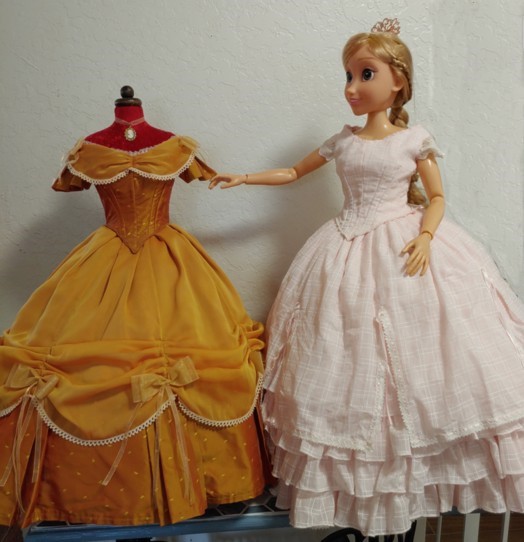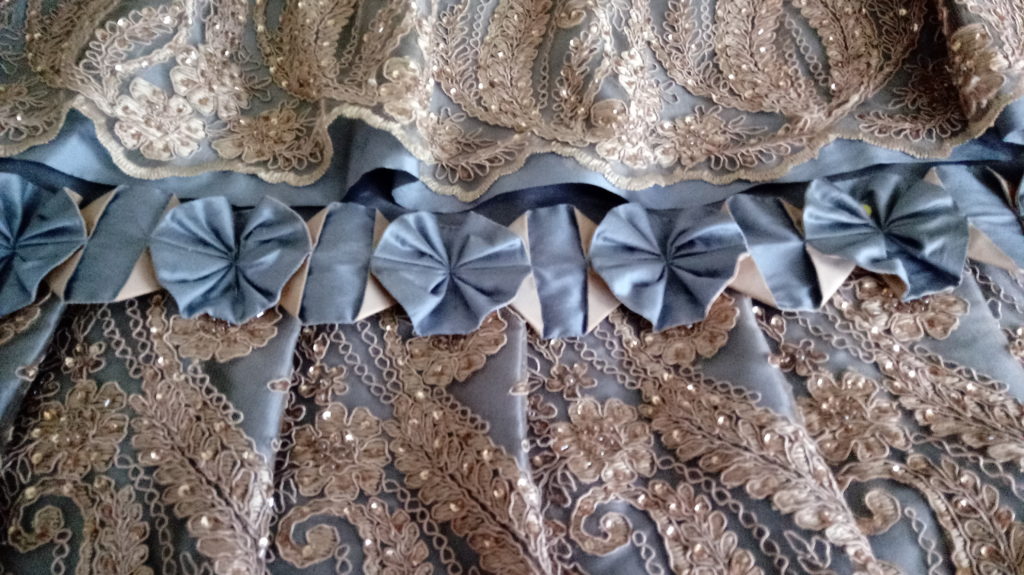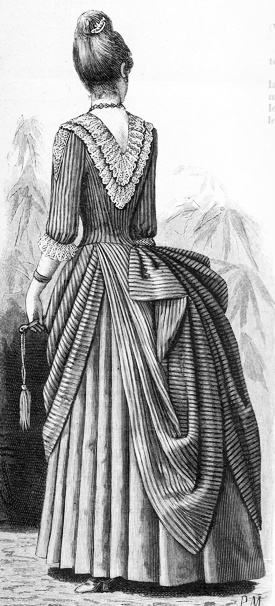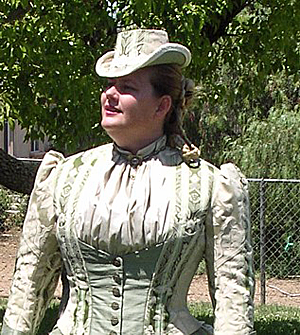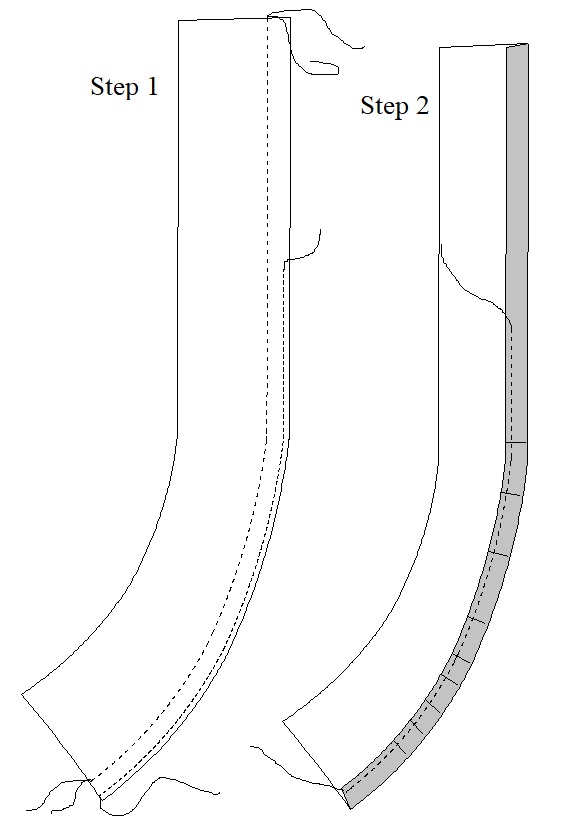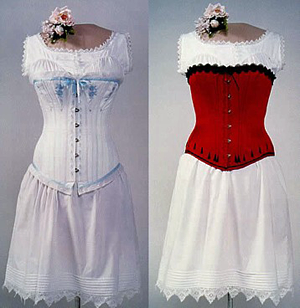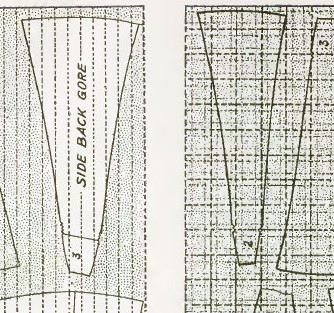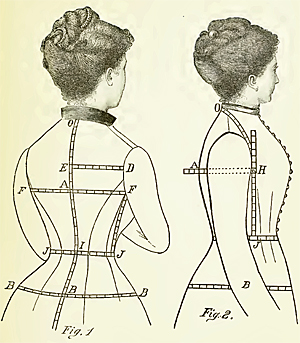Tv499 - 1890s Vest pattern has some tricky parts to it. Mostly about attaching the collar. Here are a couple things to know that should help you sort it all out. The Collar Lining and the Single Front (or Double Lap when sewn to Double Front) should have the exact same neckline edge. The center front edges should match up, and the shoulder end of the Collar Lining should match the shoulder edge of the Front. The Collar should also have the same exact neckline, the only difference is the added back neck extension, and 1/8" added at the neck...Read More

